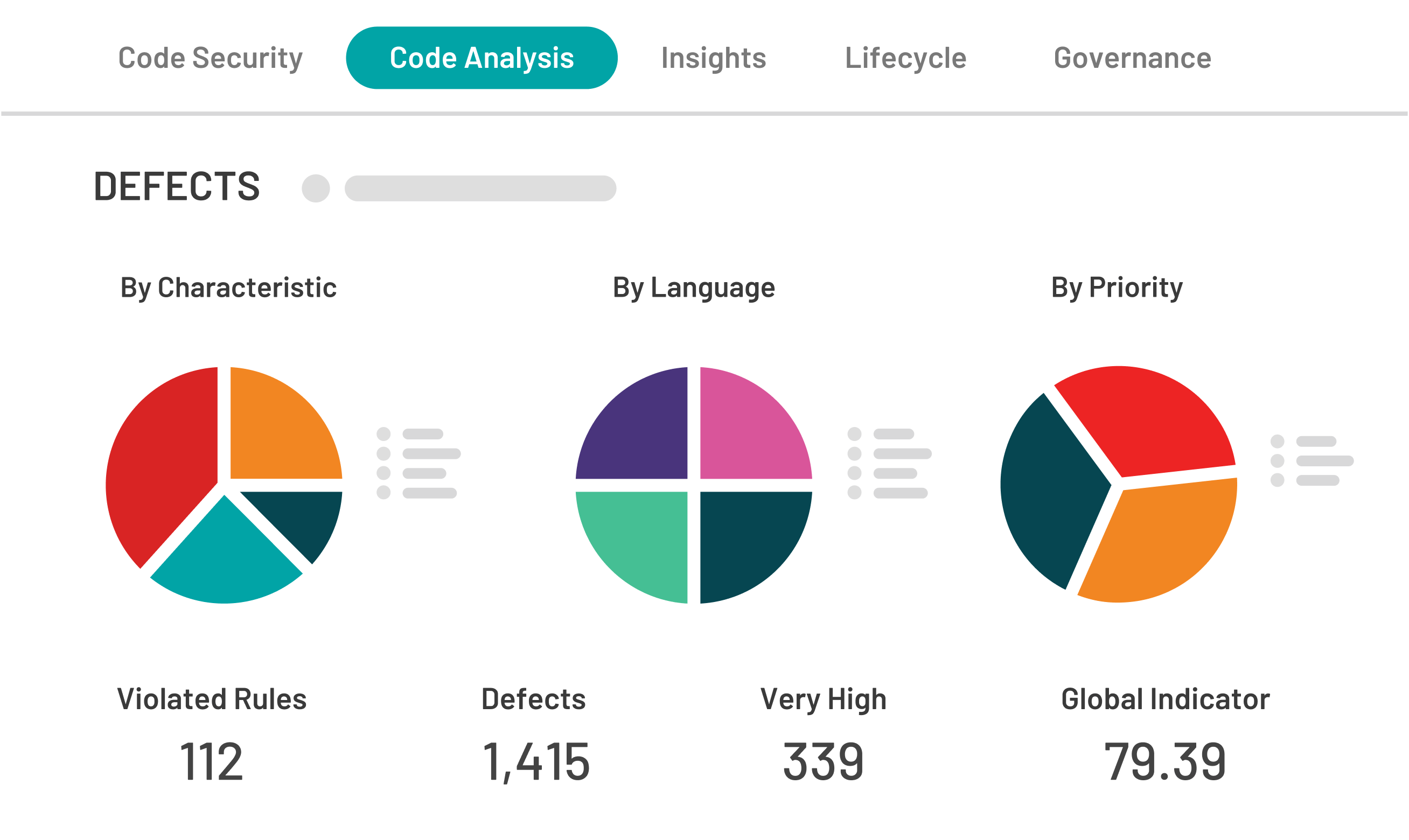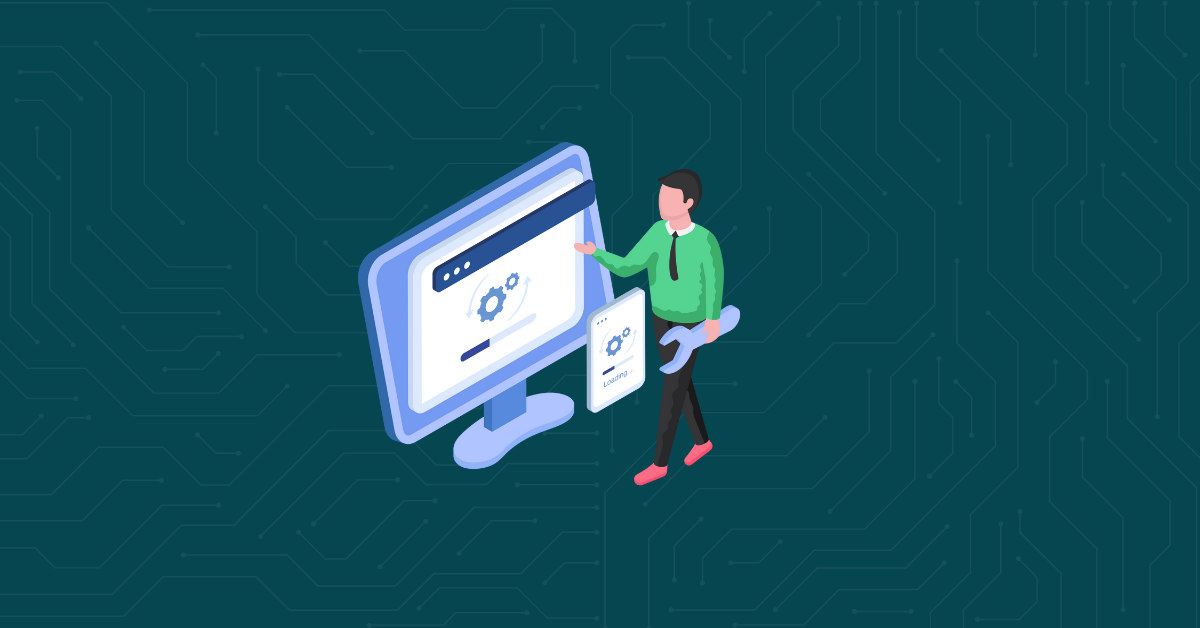

If you’re not paying attention to cybersecurity in your company, then you’re falling behind on one of the most important issues troubling every workplace. Statistics show 2017 was one of the worst years ever in cybersecurity breaches. Everything from DDoS attacks to phishing scams continue to fool and plague businesses at all levels.
No doubt even you’ve been a victim of cyber crime. It’s possible you’re a victim of it now without even realizing it. A hacking attempt could occur at any time, and you may not know data is being compromised until months from now.
So what lies ahead in cybersecurity to combat these problems? Let’s look at what you can expect for the rest of this year.
We’re finally reaching a point where password use to authenticate accounts is becoming an antiquated process. This might sound perplexing if you’re used to memorizing passwords when signing in to every digital application.
Multi-factor authentication was the main focus for a while, despite being a major burden for employees. Thanks to risk-based authentication tools, this won’t have to occur forever. When integrating these with identity and access management tools, it’ll become even easier to authenticate users.
The above IAM market is going to grow exponentially this year, making passwords all the more unnecessary, according to CSO.
On a cybersecurity level, this creates far fewer risks and reduces liability in stolen data.
Otherwise known as the European Union’s General Data Protection Regulation, GDPR went into effect on May 25 this year. Unfortunately, not all companies are ready to take it on, leading to likely big fines. In the latter case, fines may only occur if being investigated for a security breach rather than good-faith effort toward compliance.
Another problem is companies not up to GDPR standards are going to become more vulnerable to cyber attacks. Many cyber attackers are going to go after the non-GDPR compliant companies to give them a fear of paying penalties.
Expect to hear more about this throughout the year as companies struggle to ready themselves for the EU’s security compliance demands.
Many predictions of more mobile cyber attacks are growing. It’s likely we’ll see malware attacks at places like the Android App Store. Kaspersky is already making predictions of more high-end mobile malware permeating throughout 2018.
Some of this might include new incidents of ransomware attacks. Companies like yours that perhaps have BYOD policies in place need to take this seriously and realize what these security attacks could mean.
What makes this scarier is mobile malware is likely more vast than the media reports. This proves one of the most concerning aspects to cybersecurity today is occurring under the surface beyond most people’s knowledge. While it’s maybe convenient to just tuck it away if you can’t see it, awareness of mobile threats needs more attention.
Security technology is slowly catching up to detecting these, however, but it may not catch all.
With the demand going up to find talented people with cyber security capabilities, it’s sometimes impossible to fill every job category. Reports came out last year that cyber security jobs would have a 1.8 million worker shortfall by the beginning of the coming decade.
As a result of this stunning statistic (and lack of qualified security workers overall), more companies are already turning to AI technologies to fill the gap.
At the center of it is creating cyber security programs with machine learning capabilities. Many experts in this field say challenges still lie ahead in applying this technology to cyber security. Part of it hinges on defining what’s considered normal in cyber security breaches.
New forms of cyber attacks occur every year (or at least variations on what’s most common), so it’s going to make it more difficult for machine learning platforms to keep up.
What we’ll likely see is an AI and machine learning integration, including still using available human experts. Supervised machine learning could become the antidote to combating the most unexpected issues.
All of this working together creates a more powerful method in looking ahead to the next emerging digital threats.
Due to the lack of international agreement on stopping state-sponsored cyber attacks from other countries, these threats will likely escalate this year. We already know about alleged hacking attempts from Russia and China. Without any consensus on how to stop them, we could see larger-scale attacks at some point this year or beyond.
It could mean going after some of our major resources, like national power grids. Even though warnings are consistent about this, it’s not an easy thing to stop.
While we might see alliances from specific countries to stop these eventually, don’t expect any quick fixes this year. Of course, any major cyber attack on our infrastructure could lead to a war. Obviously, this is the biggest cyber threat to not only businesses, but everyone with an internet line.
The Internet of Things has helped connect us in profound ways and to create automated functions for everything from our HVAC systems to household appliances.
What’s problematic about this is there isn’t a complete standard in place to prevent cyber attacks on IoT devices. IoT botnets are more prevalent than ever, with Andromeda, Gamarue, and Wauchos being the three most common recently.
These botnets infect numerous IoT devices every month, sometimes without anybody initially knowing. As a form of malware, it can potentially shut down entire systems, or steal reams of personal data.
Many of these botnets can utilize scanners designed to locate exposed ports in your IoT devices. You could even experience a DDoS attack this way, causing your entire network to go down until you pay the hackers a ransom.
Visit us Kiuwan so we can help you with application security. We’ll keep your company from being a victim of these ever-present cyber security concerns.


